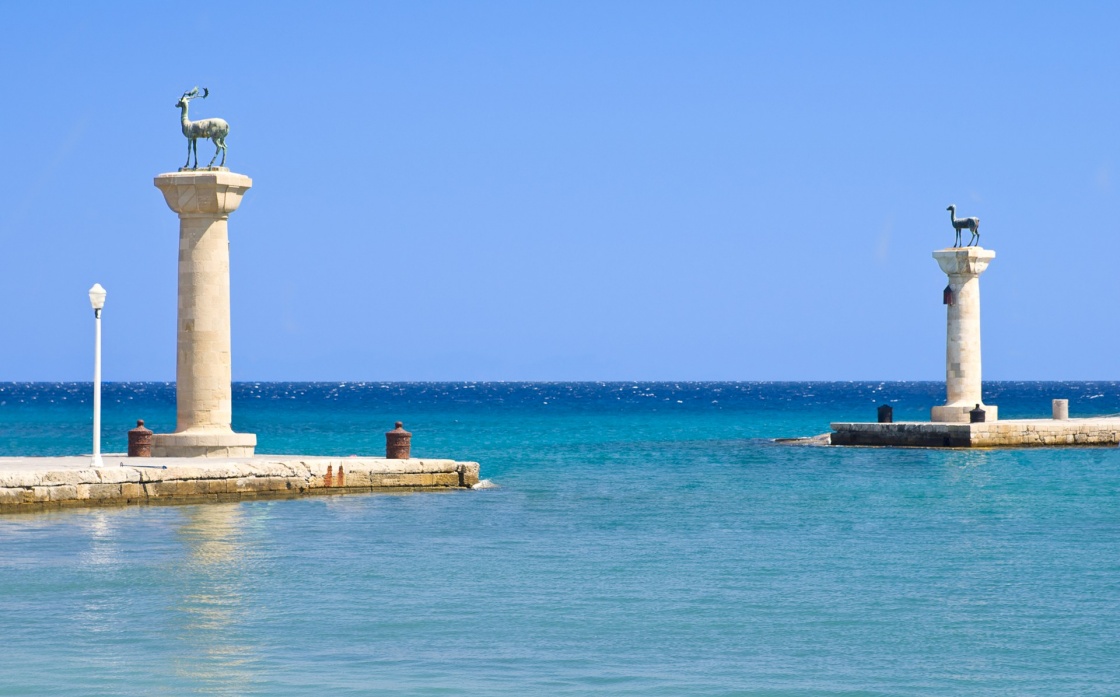The Colossus of Rhodes is known by the rule of the Seven Wonders of the Ancient World, which was formed in the 5th century BC. The giant statue, dedicated to the Sun god, the protector of Rhodes island, was designed by the sculptor Charis from Lindos, a student of the famous Greek sculptor Lysippos and it took him 12 years to bring this project to completion.
It is said that the face of the statue was visible from the entrance of the harbour of Rhodes. Although the Colossus was considered a masterpiece of art from the very beginning, there is no precise information about its specific form and position. Its height was estimated between 27-31 meters, and the prevailing image is that it portrayed the Sun god, with rays around his head, holding a torch in his hand and standing at the entrance of the port, while the ships passed beneath his feet.
In ancient mythology, the island of Rhodes was the island of the Sun god. When the Greek fleet tried to invade the island in 304 BC, the inhabitants raised such strong resistance that the Greek general was forced to surrender and his fleet was captured. The people of Rhodes built - from the weapons and ships taken from the Greek army - a huge statue of the Sun as a token of gratitude to the god who protected them.
The statue collapsed 66 years later, due to a powerful earthquake that took place in 226 BC, and according to historical sources, it was cut at the knees and fell to the ground, from where the Rhodesians should not transfer it according to the oracle. It remained there until 653 AD when a group of Arab pirates moved it.
Until today, nobody knows exactly where the statue was and exactly what it looked like. Many believe that it was located in Lindos, the largest port of Rhodes, and the ships passed beneath its feet. However, it is likely that the statue had to be built within the city and overlooked the port. The most of what we know about the giant Colossus is based on what the writers of that time wrote about him. Whatever the case might be, though, the Colossus was an architectural and cultural wonder which inspired and influenced artists over the centuries.














 'Statues of deers in harbor of Rhodes city, Rhodes island, Greece' eans / Shutterstock
'Statues of deers in harbor of Rhodes city, Rhodes island, Greece' eans / Shutterstock